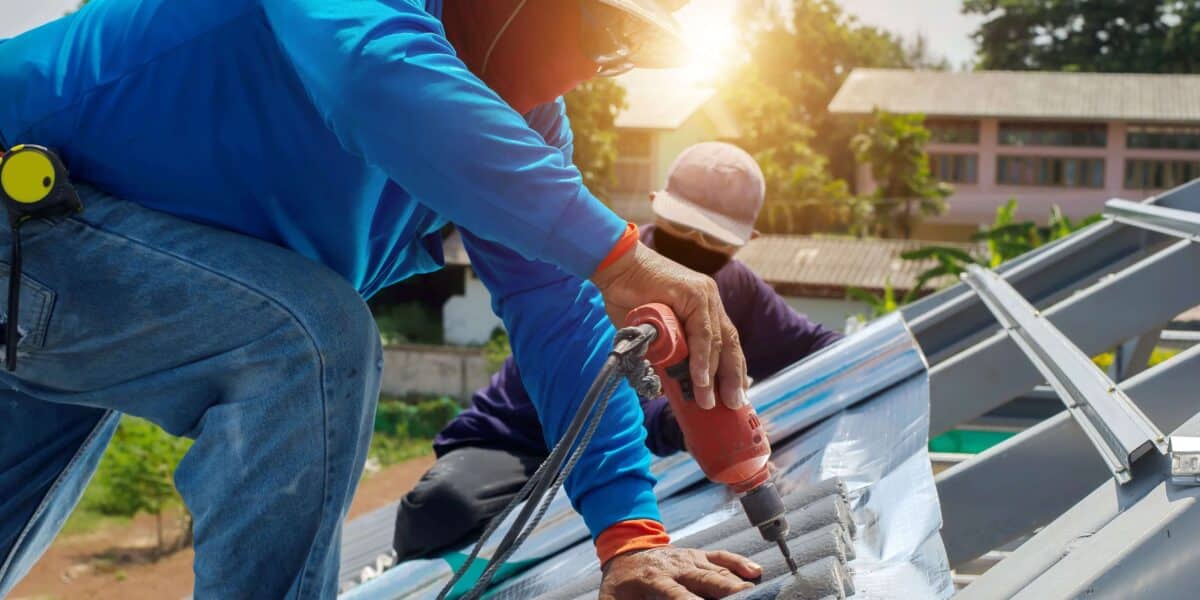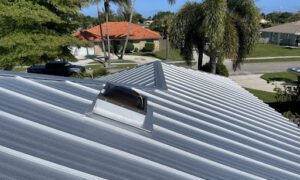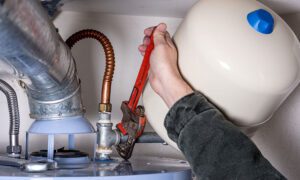Your roof plays a critical role in protecting your home from the elements, but like any other part of your house, it has a limited lifespan. Over time, exposure to weather, natural wear, and unexpected damage can weaken roofing materials, making replacement inevitable. Ignoring the signs of a failing roof can lead to costly repairs and potential damage to the interior of your home.
Knowing when it’s time to replace your roof can save you money and prevent further complications. Whether you have an aging roof or suspect damage after a storm, recognizing the warning signs early can help you take action before it’s too late. Working with professionals like Surge Exteriors ensures homeowners receive expert guidance when considering a roof replacement.
How Long Does a Roof Typically Last?
The lifespan of a roof depends on several factors, including the type of roofing material, installation quality, and exposure to weather conditions. On average, common roofing materials have the following lifespans:
- Asphalt Shingles: 20-30 years.
- Metal Roofing: 40-70 years.
- Wood Shingles or Shakes: 25-30 years.
- Clay or Concrete Tiles: 50+ years.
- Slate Roofing: 75-100 years.
Even if your roof hasn’t reached the end of its expected lifespan, external factors such as storm damage, poor ventilation, or improper maintenance can accelerate deterioration. Keeping an eye out for signs of damage can help you determine if it’s time for a replacement.
Warning Signs That Indicate Roof Replacement Is Needed
Recognizing the early warning signs of roof deterioration can help homeowners avoid structural damage and costly emergency repairs. Below are some key indicators that your roof may need to be replaced.
1. Frequent Leaks and Water Damage
If you notice water stains on ceilings, walls, or in the attic, it could indicate that your roof is no longer providing adequate protection. Leaks can occur due to worn-out materials, missing shingles, or damaged flashing. Left unaddressed, water intrusion can lead to mold growth and weakened structural components.
Regular inspections can help catch leaks early, but if they become frequent, it may be time for a full roof replacement to prevent further interior damage.
2. Curling, Cracked, or Missing Shingles
Shingles are designed to create a protective barrier against rain, wind, and debris. Over time, they can become brittle, crack, or curl due to exposure to sun and moisture. Missing shingles create gaps in the roof’s defense, leaving your home vulnerable to the elements.
If you notice significant shingle deterioration across large portions of your roof, a replacement is often the best long-term solution.
3. Granule Loss on Asphalt Shingles
Asphalt shingles are coated with granules that provide protection from UV rays and help with water resistance. If you find excessive granules in your gutters or downspouts, it’s a sign that your shingles are wearing down.
Granule loss reduces the effectiveness of the shingles, leading to faster deterioration and a higher likelihood of leaks. This is often a strong indication that a new roof may be necessary.
4. Sagging or Uneven Roof Lines
A sagging roof is a serious issue that requires immediate attention. It typically indicates structural damage, such as rotting decking, weakened rafters, or foundation problems.
If you notice dips or uneven spots on your roof, it’s crucial to have a professional inspection to determine the cause and explore replacement options. Ignoring structural issues can result in further damage and potential safety hazards.
5. Daylight Coming Through the Attic
If you can see sunlight streaming through your attic ceiling, it’s a clear sign that your roof has gaps or holes. This can allow moisture, pests, and drafts to enter your home, reducing insulation efficiency and leading to higher energy bills.
While minor gaps can sometimes be repaired, widespread light penetration usually means it’s time for a full roof replacement.
6. Increased Energy Bills
A failing roof can compromise your home’s insulation and ventilation, leading to fluctuating indoor temperatures and higher energy costs. If you’ve noticed a sudden spike in your heating or cooling bills, it could be due to air escaping through an aging or damaged roof.
Upgrading to a new roof with better insulation properties can improve energy efficiency and lower utility costs over time.
7. Moss, Mold, or Algae Growth
Excess moisture on your roof can lead to the growth of moss, mold, and algae, particularly in shaded areas. While minor growth can be removed with cleaning, excessive buildup can indicate trapped moisture, which can deteriorate roofing materials over time.
Persistent moss and algae growth may mean your roof is retaining too much moisture and needs to be replaced.
8. Storm Damage
Severe weather events, such as hailstorms, strong winds, and heavy snow, can cause significant damage to your roof. Even if your roof looks intact from the ground, hidden issues like lifted shingles, cracks, and loosened flashing could lead to long-term problems.
After experiencing extreme weather, it’s essential to have a professional inspection to assess the extent of the damage and determine if a replacement is necessary. Surge Exteriors offers expert evaluations to help homeowners understand their options following storm damage.
9. Roof Age and Visible Wear
Even if your roof appears to be in good condition, an aging roof will eventually need to be replaced. As roofing materials age, they lose their protective qualities, making them more susceptible to leaks and damage.
If your roof is approaching the end of its expected lifespan, consider scheduling an inspection to determine if a replacement would be a wise investment.
What to Expect During a Roof Replacement
If you’ve identified several warning signs and have decided it’s time for a new roof, understanding the replacement process can help you prepare. A professional roofing contractor will typically follow these steps:
- Initial Inspection and Estimate: Assessing the condition of the existing roof and providing cost estimates.
- Material Selection: Choosing the right roofing material based on budget, climate, and aesthetic preferences.
- Tear-Off and Disposal: Removing old roofing materials and disposing of them safely.
- Structural Repairs: Addressing any damage to the roof deck or underlying structure.
- Installation: Installing new underlayment, flashing, and roofing materials.
- Final Inspection and Cleanup: Ensuring quality installation and leaving the property clean.
Conclusion
Recognizing the signs that indicate it’s time to replace your roof can save you from costly repairs and potential interior damage. Whether you’re dealing with leaks, missing shingles, or increasing energy bills, staying proactive is key to maintaining a secure home.
If you’re unsure about the condition of your roof, Surge Exteriors provides professional inspections and expert roofing solutions tailored to your needs. Taking action at the right time ensures your home remains protected for years to come.
Read More From Techbullion



































